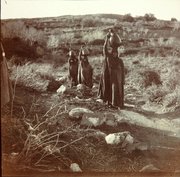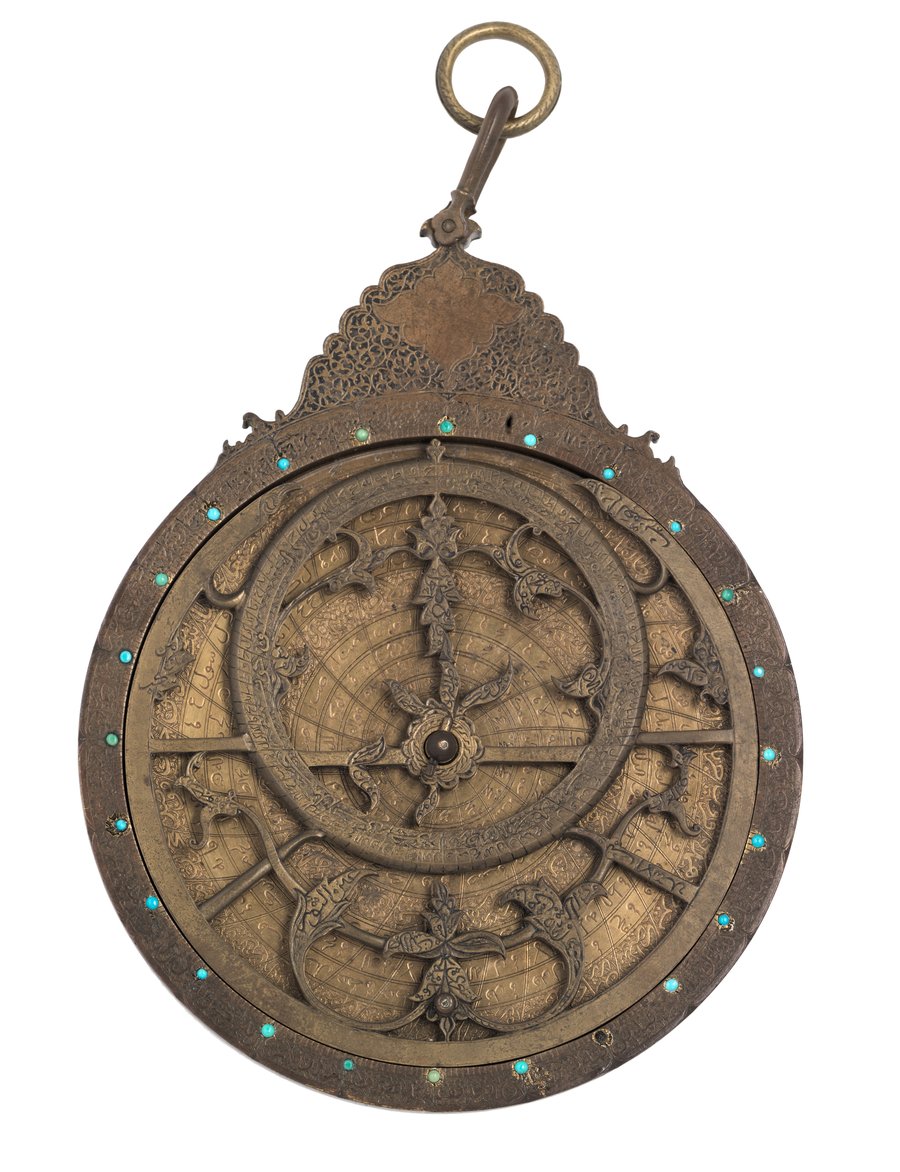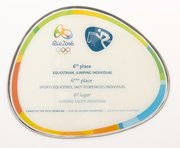
Planispheric Astrolabe with Turquoise Inlay
Museum of Islamic Art
- Title:
- Planispheric Astrolabe with Turquoise Inlay
- Artist:
- Muhammad Mahdi i. Al Yazdi
- Production place:
- Iran
- Date:
- 1659 - 1660
- Period:
- Safavid
- Title:
- Planispheric Astrolabe with Turquoise Inlay
- Artist:
- Muhammad Mahdi i. Al Yazdi
- Production place:
- Iran
- Date:
- 1659 - 1660
- Period:
- Safavid
- Material:
- Copper alloy, Gold, Turquoise, Black compound
- Technique:
- Casting, Engraving, Inlaying, Openwork, Gilding, Riveting
- Dimensions:
- 18 × 1.5
- Diameter:
- 11.75
An astrolabe is an early scientific instrument representing a two-dimensional model of the celestial sphere. These instruments trace back to the Hellenistic period between 220 and 150 BCE but became popular as complex tools in Europe and the Islamic world from the early Middle Ages.
Constructed as inscribed discs, usually made of metal, such as brass or iron, astrolabes were used for measuring time (the time of the day and night, the month or the year), determining altitude and latitude or for observational purposes. They were, therefore, extremely useful in solving problems in the fields of geography, surveying and astronomy. This type of astrolabe, known as a ‘planispheric astrolabe’, allowed astronomers to calculate the position of the sun and other prominent stars.
Exquisitely executed and decorated, ringed by a sequence of twenty-four relief-set turquoise stones, this brass planispheric astrolabe was made by the famous artist Muhammad Mahdi ibn Muhammad Amin al-Yazdi in Isfahan in 1060 AH (1659-1660 CE) during the Safavid period.
The turquoise stones may have had a practical use: they have a subtle luminance and would have gently glowed in low light conditions, so that the astrolabe was easy to read even in the dark.



